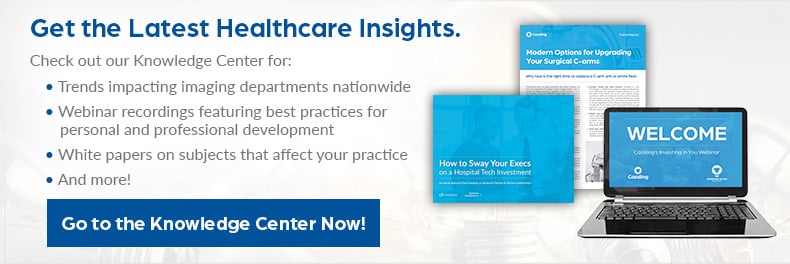 Healthcare reform has been at the forefront of national attention throughout 2017.
Healthcare reform has been at the forefront of national attention throughout 2017.
Having gained majorities in both the House of Representatives and the Senate during the 2016 election, the GOP and Trump administration began the year with a priority to make good on a seven-year promise to “repeal and replace” the Affordable Care Act.
Key objectives of this GOP-driven priority included reducing federal Medicaid spending and addressing concerns like the individual and employer mandates to purchase health insurance. In spite of multiple iterations and bill proposals to date, the GOP has been unsuccessful in attempts to pass legislation to fundamentally overhaul key provisions of the Affordable Care Act.
Stagnation in healthcare reform can be attributed to a lack of bipartisan collaboration coupled with divisions within the GOP regarding the appropriate extent of cuts to federal healthcare spending (i.e. the proposed legislation either goes “too far” or “not far enough.”).
Non-legislative opportunities do exist for the GOP to effect reform. The Trump administration demonstrated one such avenue through executive orders issued in October 2017 regarding Cost Sharing Reduction payments and Association Health Plans. These executive orders may result in further destabilization of an already tenuous individual market exchange, or they may prompt Congress to expedite revisiting healthcare reform with the potential for bipartisan collaboration on individual market stabilization.
Uncertainty regarding the short-term future of healthcare reform has likely been more destabilizing to the healthcare industry than passage of any legislative reform would be. Such uncertainty makes it difficult for healthcare providers, including imaging leaders, to plan for the future. In spite of this uncertainty, industry trends like the shift toward value-based care provide the stability needed for meaningful strategic planning efforts.
Planning for Value-Based Care
Industry-wide support exists for the continued shift toward value-based care, or reimbursement based upon demonstration of quality and cost-effectiveness. To demonstrate value, healthcare providers must adopt population health management strategies focused on providing care to patients in three distinct protocols:
- The appropriate time i.e. risk stratification
- The appropriate way i.e. evidence-based protocols
- The appropriate setting e.g. avoidable emergency department utilization
Three opportunities exist for imaging leaders to align departmental initiatives with their hospital or health systems’ population health management objectives:
- Utilization management: Focus on adherence to evidence-based protocols through implementation of care pathways and clinical decision aids.
- Screening programs: Develop an outreach program to promote patient participation in evidence-based screening programs, including supplemental screenings like breast density exams, which can inform patient risk escalation.
- Incidental findings management: Implement coordinated, patient-centered approaches to care navigation in instances where a finding is identified outside the context of a standard screening. This not only promotes clinical quality but also patient loyalty to the hospital or health system.
Make Transparency a Priority
The transition to value-based care will also demand an increased awareness of procedure costs, with diagnostic imaging as a priority opportunity for cost containment. The cost of diagnostic imaging is highly variable based upon facility type and geographic location.
Because imaging departments are reliant upon the referral patterns of a provider community increasingly held accountable for the total cost of care, imaging leaders must promote transparency regarding facility-specific procedure costs to ensure stability of referral patterns.
2018 and Beyond
By centering your planning efforts around the value-based care model, population health management and transparency, you’ll be ready to adapt to whatever 2018 has in store for healthcare.






Comments